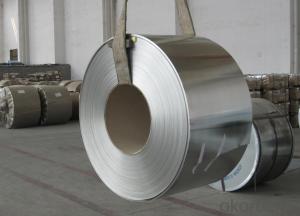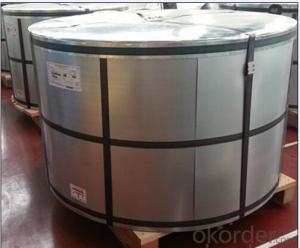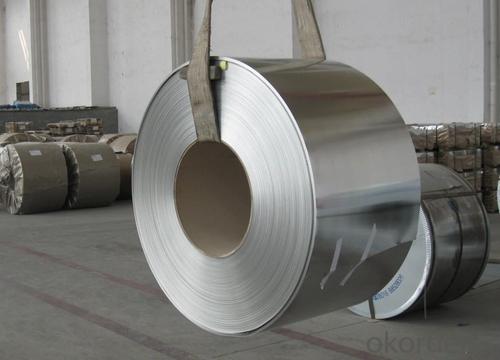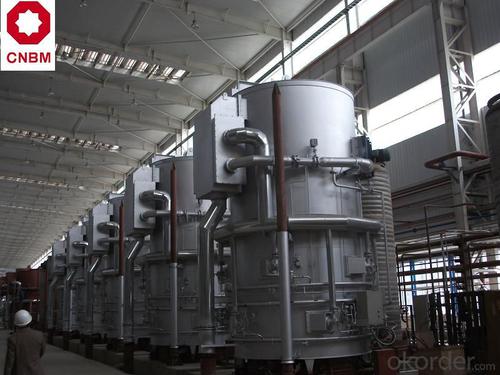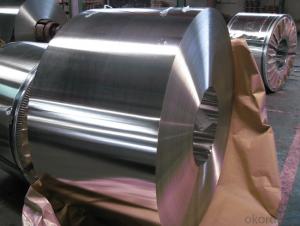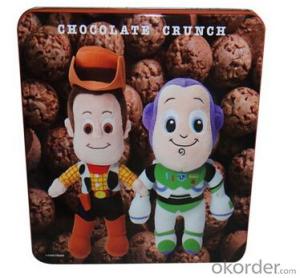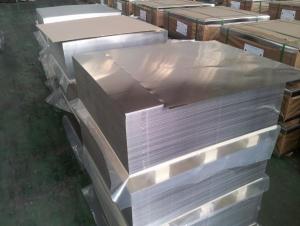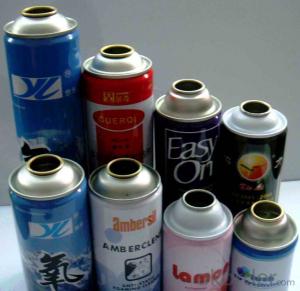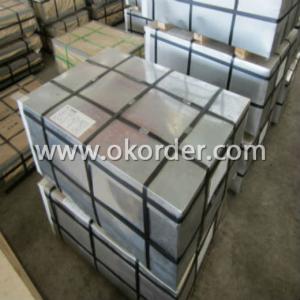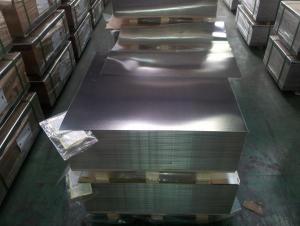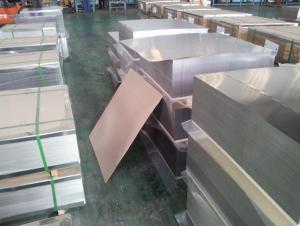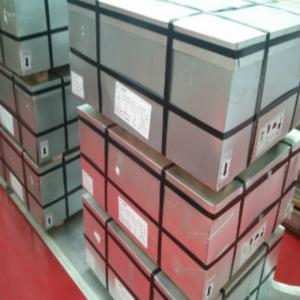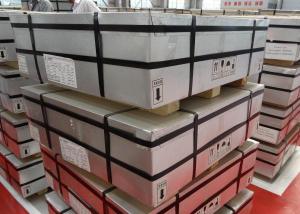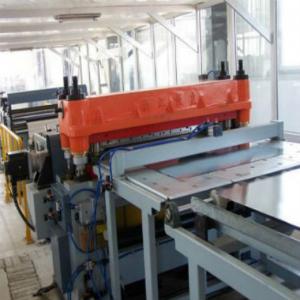Prime Grade Tinplate for Paint Drums, BA&CA, Brand CMAX
- Loading Port:
- China main port
- Payment Terms:
- TT OR LC
- Min Order Qty:
- 25 m.t.
- Supply Capability:
- 40000 m.t./month
OKorder Service Pledge
OKorder Financial Service
You Might Also Like
Specification
1.Tinplate production Process
cold rolling mill---degreasing production line---tension leveler---batch annealing furnaces/continuous annealing line---tin coating line---cutting line---stock area
2. Quality
We have exported to more than 50 countries, our tinplate quality ranks 1st level in China, same level with Bao steel, comat and Posco.
3. Specification
standard:JIS G3303
Material: MR /SPCC
Thickness available: 0.16-0.50MM
Width available: 600~1050MM
Temper grade: T1 – DR8
Tin coating: ordinary 1.1g/1.1g~8.4g/8.4g
Package: sea worthy packing.
Applications: Tin can for chemicals & paint cans, industrial cans, food cans
4. Our factory photo:
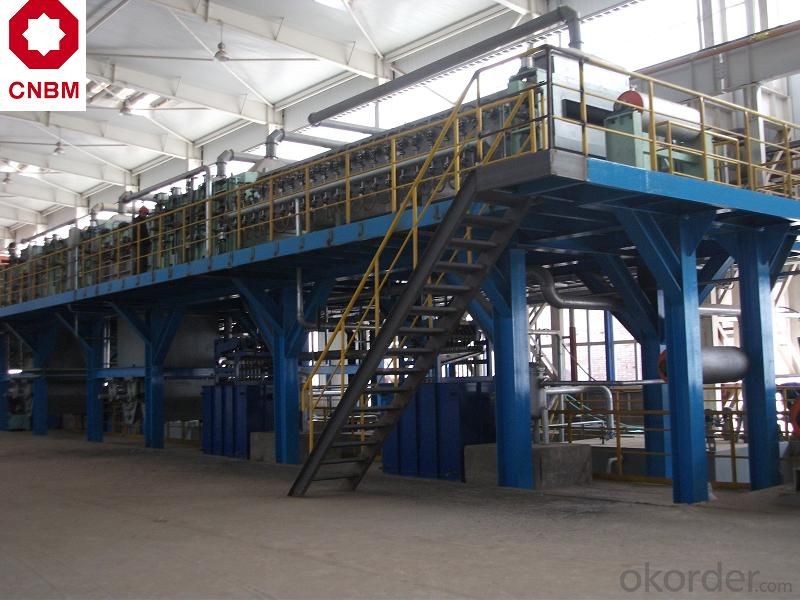
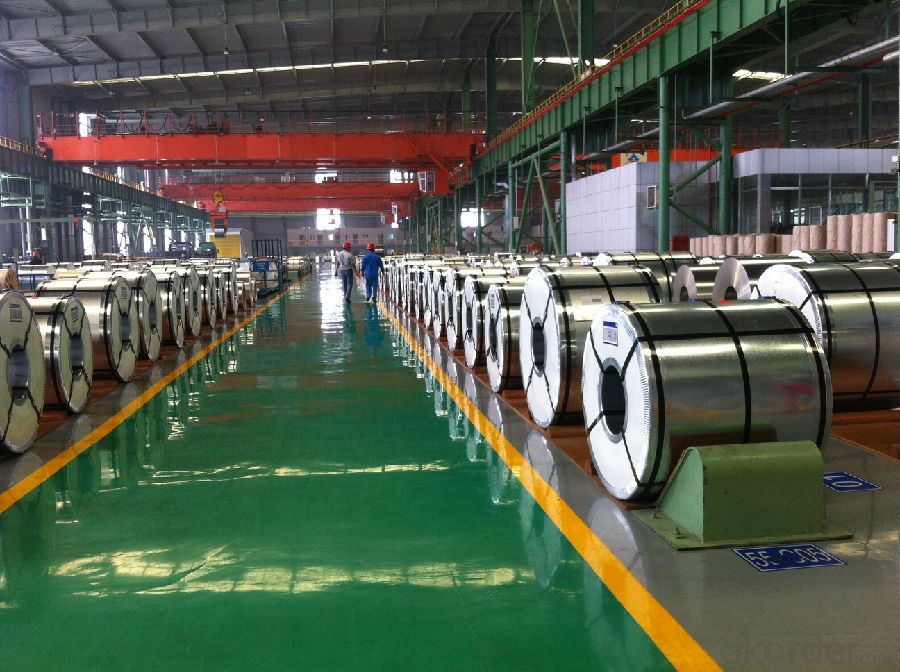
5. FAQ
a. what's the annual output?
about 400,000~500,000 tons per year.
b. what's your advantage than other supplier?
we have overseas warehouse all over the world, like Saudi Arabia, Oman, UAE, Kuwait, Russia, South Africa etc.
c. how long is the delivery time?
about 45~55 days for SPCC, while 60~70 days for MR material
d. how to control the quality during production process?
inside our workshop, we have MES syestem. It will show the status of each production step.
- Q: Can tinplate be used for packaging of hazardous materials?
- Yes, tinplate can be used for packaging of hazardous materials. Tinplate is known for its high corrosion resistance, durability, and ability to withstand extreme temperatures. These properties make it suitable for packaging materials that may pose a risk to human health or the environment. Additionally, tinplate can be coated or lined with appropriate materials to provide an extra layer of protection and prevent any leakage or interaction between the hazardous material and the packaging.
- Q: What are the challenges faced in the recycling of tinplate?
- One of the main challenges in the recycling of tinplate is the separation of tin from the steel base. Tinplate consists of a thin layer of tin coated on steel, and separating these materials requires specialized equipment and processes. Additionally, the presence of other contaminants, such as paint or coatings, can further complicate the recycling process. Proper sorting and cleaning of tinplate waste is necessary to ensure efficient recycling and minimize the loss of valuable materials.
- Q: How does tinplate contribute to the durability of gardening tools?
- Tinplate contributes to the durability of gardening tools by providing a protective coating that prevents corrosion and rusting, ensuring the tools last longer even in harsh outdoor conditions.
- Q: How does tinplate contribute to the attractiveness of cosmetic packaging?
- Tinplate contributes to the attractiveness of cosmetic packaging by providing a sleek and shiny appearance that enhances the overall visual appeal. Its smooth surface allows for high-quality printing and intricate designs, making it ideal for showcasing brand logos, product information, and appealing graphics. The durability of tinplate also ensures that the packaging maintains its attractive appearance throughout its lifespan, adding value and desirability to cosmetic products.
- Q: How can tinplate be identified?
- Mainly to see whether the surface is smooth, whether there are holes in the surface, there are no wave edges, scratches, tin is enough, the size is not in tolerance Wai?. Wait a lot. Specific problems are analyzed in detail, and there are many aspects of assessing quality problems, and so on.
- Q: Can tinplate be used for packaging pet care products?
- Yes, tinplate can be used for packaging pet care products. Tinplate is a durable and corrosion-resistant material that provides excellent protection to the contents inside. It is commonly used for packaging various products, including pet care items such as pet food, treats, and supplements. The tin coating on the steel substrate ensures that the packaging is safe for the products and helps to maintain their freshness and quality. Additionally, tinplate is also recyclable, making it an environmentally friendly choice for packaging pet care products.
- Q: Can tinplate be used for packaging personal care products?
- Yes, tinplate can be used for packaging personal care products. Tinplate is a type of steel coated with a thin layer of tin, making it highly resistant to corrosion and providing a protective barrier. It is commonly used in the packaging industry, including for personal care products such as cosmetics, lotions, and creams, due to its durability, versatility, and ability to maintain product integrity.
- Q: What are the challenges in printing on tinplate?
- Some of the challenges in printing on tinplate include the limited adhesion of ink to the smooth surface of tin, the need for specialized inks and printing techniques to ensure durability and resistance to scratching or fading, and the potential for contamination or damage to the tinplate surface during the printing process. Additionally, achieving precise color matching and maintaining consistent print quality can be challenging due to the reflective nature of the tin surface.
- Q: What are the main challenges in the recycling of tinplate?
- One of the main challenges in the recycling of tinplate is the separation of tin coating from the steel base. The tin coating is typically applied to protect the steel from corrosion, but it hinders the recycling process as it needs to be removed. Another challenge is the presence of contaminants, such as paint or other coatings, which need to be removed before the recycling can take place. Additionally, the collection and sorting of tinplate can be challenging, as it is often mixed with other types of packaging materials. Overall, the main challenges revolve around the separation and purification processes required to ensure the quality of the recycled tinplate.
- Q: How is tinplate affected by exposure to UV light?
- Tinplate is generally not affected by exposure to UV light as it is a highly durable and corrosion-resistant material. However, prolonged exposure to intense UV radiation may cause minor color fading or surface discoloration over an extended period of time.
Send your message to us
Prime Grade Tinplate for Paint Drums, BA&CA, Brand CMAX
- Loading Port:
- China main port
- Payment Terms:
- TT OR LC
- Min Order Qty:
- 25 m.t.
- Supply Capability:
- 40000 m.t./month
OKorder Service Pledge
OKorder Financial Service
Similar products
Hot products
Hot Searches
Related keywords
